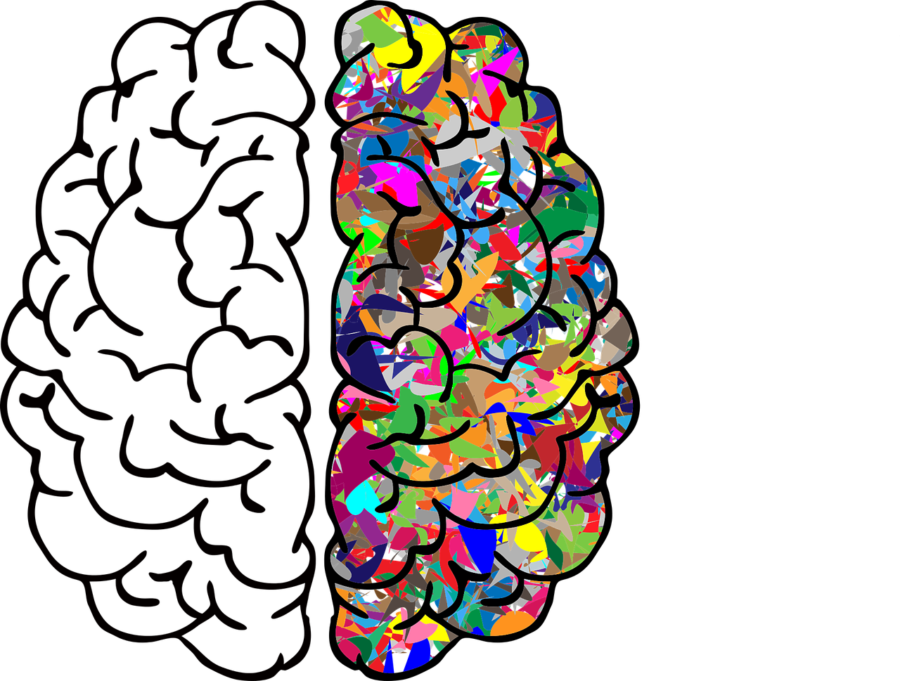Male And Female Brains Are The Same, According To A New Study
Long thought to be considerably different based on gender, scientists are now finding that the male and female brain are quite the same
This article is more than 2 years old

Scientists are learning more about our brains every day, and some entrepreneurs are even using this knowledge to create exciting new technologies designed to enhance our lives. One exciting new discovery can actually help combat a widespread problem in modern neurology. This issue directly impacts the quality and accuracy of the information we have about our brains and actually contributes to other, bigger misconceptions about the differences between males and females.
According to IFLScience, there are no functional differences between male and female brains. The report was originally published in Neuroscience and BioBehavioral Reviews, which grounded its findings in cadaver studies and MRIs over a period of 30 years. The conclusions drawn in the study can help people abandon the damaging idea of sexual dimorphism and instead embrace the notion that we are all more alike than we realize.
The myth that men and women have vastly different brains is called “neurosexism” and it is very prevalent in the field of neurology. Biased studies and rampant misinterpretations have made way for harmful preconceived notions about which brain is “better.” Neurosexism has perpetuated the idea that women have less sophisticated brains and a hard-wired knack for multitasking, which on its surface may feel like a positive point but is actually used to trap them in a traditional gender role. There was never any actual evidence that neurosexism had a point, which means that the people who leverage these studies in arguments either have not done their due diligence or just do not care about factual correctness.

Lise Eliot, a famed neuroscientist on the front lines against neurosexist practices and presumptions, decided to do a deep-dive into the human brain to try to see if there were any big differences between male and female brains. The male brain may be a tad larger, but that does not mean that the average intelligence or functionality is any higher than that of the female brain. A larger brain just means more white matter. And Eliot seems to have broken some serious new ground with this comprehensive and illuminating approach.
Eliot recently told the Academic Times, “Like many neuroscientists, I was under the impression that if we can just get up to bigger sample sizes, we will get rid of the noise; we’ll be able to see these reliable differences. And the sample sizes are getting larger and larger – well into the thousands – but we’re not finding these reliable differences.”
So, there you have it, folks. Aided by a markedly bigger sample size and a knack for weeding out ignorance in the medical field, Eliot has managed to poke holes in so many reports and studies that did not really hold that much water in the first place. Now, it is up to the public to fight against neurosexism and help society come to a better, clearer, kinder understanding of how we work.

This is really fascinating stuff, and hopefully, this will go a long way in fighting misconceptions about the differences between male and female brains. And considering how long these misconceptions have been in place, it may take more than a few studies to begin changing the narrative around how the brains work depending on gender. We may continue to find that there aren’t all that many differences at all. How does this new study line up with what you’ve been taught over the years regarding the differences between males and females?












